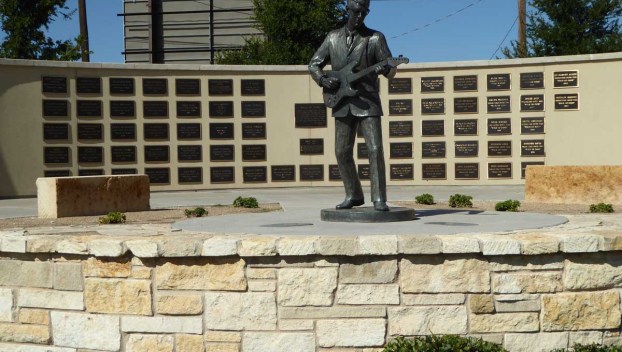
Uncategorized
TRAVEL COLUMN: Buddy Holly’s memory raves on in his Texas hometown
Rock and roll icon Buddy Holly died Feb. 3, 1959, in a plane crash in Iowa. He was ... Read more

Rock and roll icon Buddy Holly died Feb. 3, 1959, in a plane crash in Iowa. He was ... Read more